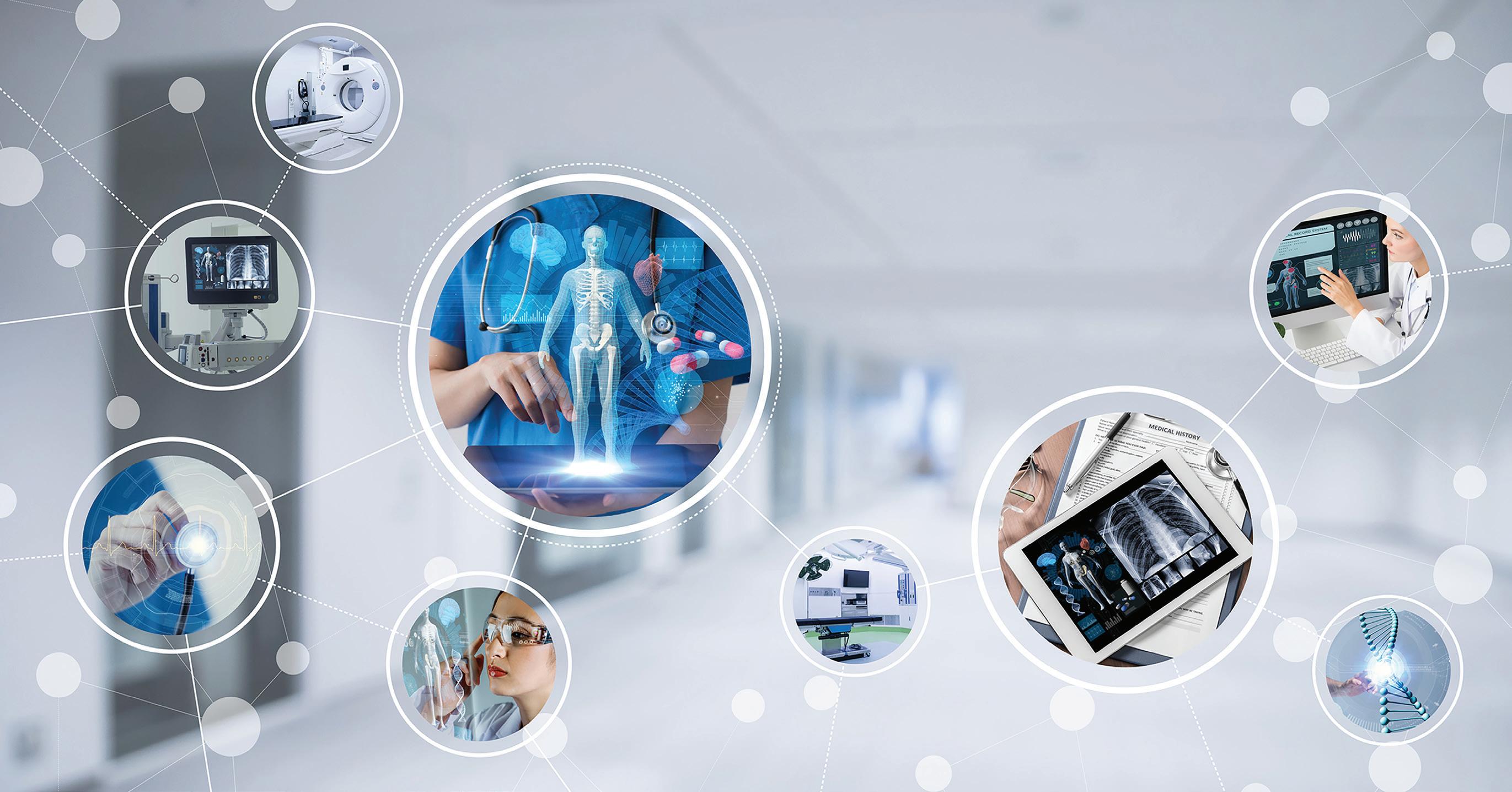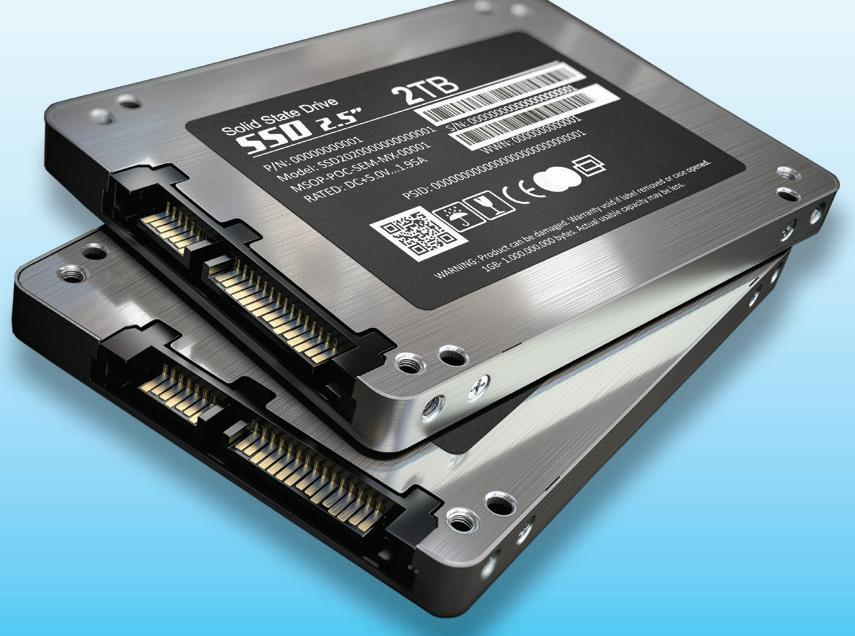
4 minute read
CONNECTED HEALTH
Connectivity offers a holistic view
of patient health, meaning better care for patients, richer insights for doctors and more value paths for vendors.
Image courtesy of S3 Connected Health
Why medtech needs a new connected health mindset
An outdated focus on device-only operati ons is preventi ng the industry from reaching its full potenti al.
Bill Betten | S3 Connected Health | Connected health is on the rise, with the industry set to reach a value of $6.6 billion by 2027, according to a study by Acumen Research and Consulting.
The COVID-19 pandemic has further underlined the importance of connected health for clinicians and patients, and many medtech developers have pivoted to take advantage of the new circumstances. To secure a truly connected future for healthcare, however, more change is required. The medtech industry needs a total mindset shift from “device-only” operations to broader “device-based” services.
We’re starting to see signs of change on that front, too. This expansion in focus could open up a new path of value for the industry. But some roadblocks remain.
Why device manufacturers should expand their focus
The most signifi cant roadblock is the traditional focus on immediate wins and short-term ROI. When looking through this lens, individual devices are perhaps the most lucrative option.
The shift to value-based care, the need to prove new devices’ effectiveness and the demands of an older, tech-savvy population make predictive and preventative medicine more important, and this kind of approach requires services beyond just devices.

The benefi ts for medical device companies
Device-based services offer a far more holistic view of patient health, meaning better care for patients, richer data insights for doctors and vendors and new paths to value in the longer term.
They also offer huge effi ciencies, providing a broader look at an entire healthcare challenge rather than a single therapy in isolation, and economies of scale make it easier to drive down the cost of care without compromising quality. Giving clinicians a complete view of service delivery makes it easier to assess and understand the patient journey, and the data that can be collected may inform new approaches.
Moreover, connectivity allows manufacturers to keep tabs on their device, ensure it’s working, suffi ciently supplied, and conduct repairs and make improvements as necessary. Data from the device can also clarify if a patient is using a device properly and regularly enough, allowing clinicians to intervene swiftly to improve care, leading to better long-term outcomes.
Finally, device-based services ensure more sustainable revenue streams for manufacturers. By providing the
PROVEN SHOCK, VIBRATION & NOISE REDUCING SOLUTIONS
PROTECT AGAINST DROP SHOCK DAMAGE DAMAGE


infrastructure and services that devices need, as well as the devices themselves, businesses are no longer forced to rely on income from single devices.
Steps to realizing fully connected healthcare
With those benefi ts in mind, what steps do device manufacturers need to take to realize fully connected healthcare? 1. Consider the long-term gains. Connected healthcare doesn’t offer the same immediate ROI as device-only, partly due to the extra initial outlay required to create truly connected healthcare systems. This may require new partners, new internal hires, new infrastructure, or a combination of all three. Building connectivity into a device could benefi t every additional device or service that could plug into your device or system in the future, with little to no extra cost. 2. Work out the most appropriate business model. Offer the device with connectivity that enables analytics solely within the area of your specialty or create a device with connectivity that covers all the different modalities that bridge your area of expertise. The further you go up this scale, the more value you will need to offer, infrastructure you will need to create and data you will need to delve into.
This has implications both in terms of cost and personnel, but greater investment may yield greater results. 3. Consider reimbursement. Your device and any connected systems or approaches must fi t into current reimbursement models, showing it works and does what it’s supposed to do. The more your device promises, the greater the burden of proof and the more hoops you’ll have to jump through, so it’s worth considering upfront how much you’re willing to take on. You may also need to take action to extend reimbursement policies to cover your connected device.
The reimbursement process is in something of a state of fl ux, with payors viewing some in-person and remote care as interchangeable. This may work in the short term, but it doesn’t take into account the long-term benefi ts of device-based systems. As we move more toward a system of reimbursement based on outcomes, you need to consider how best to communicate the long-term value of your solution, rather than simply confi rming the device works and has a short-term impact. The shift in mindset could be the biggest hurdle for many medtech companies looking to move from device-only to connected device and service companies. There are no technological reasons not to make the change, and as time moves on, there will be fewer and fewer business reasons not to. If you can make the shift in mindset as a company, then everything else will follow.
MATERIAL
800.838.3906 sorbothane.com
SORBOTHANE® MADE IN THE U.S.A.









